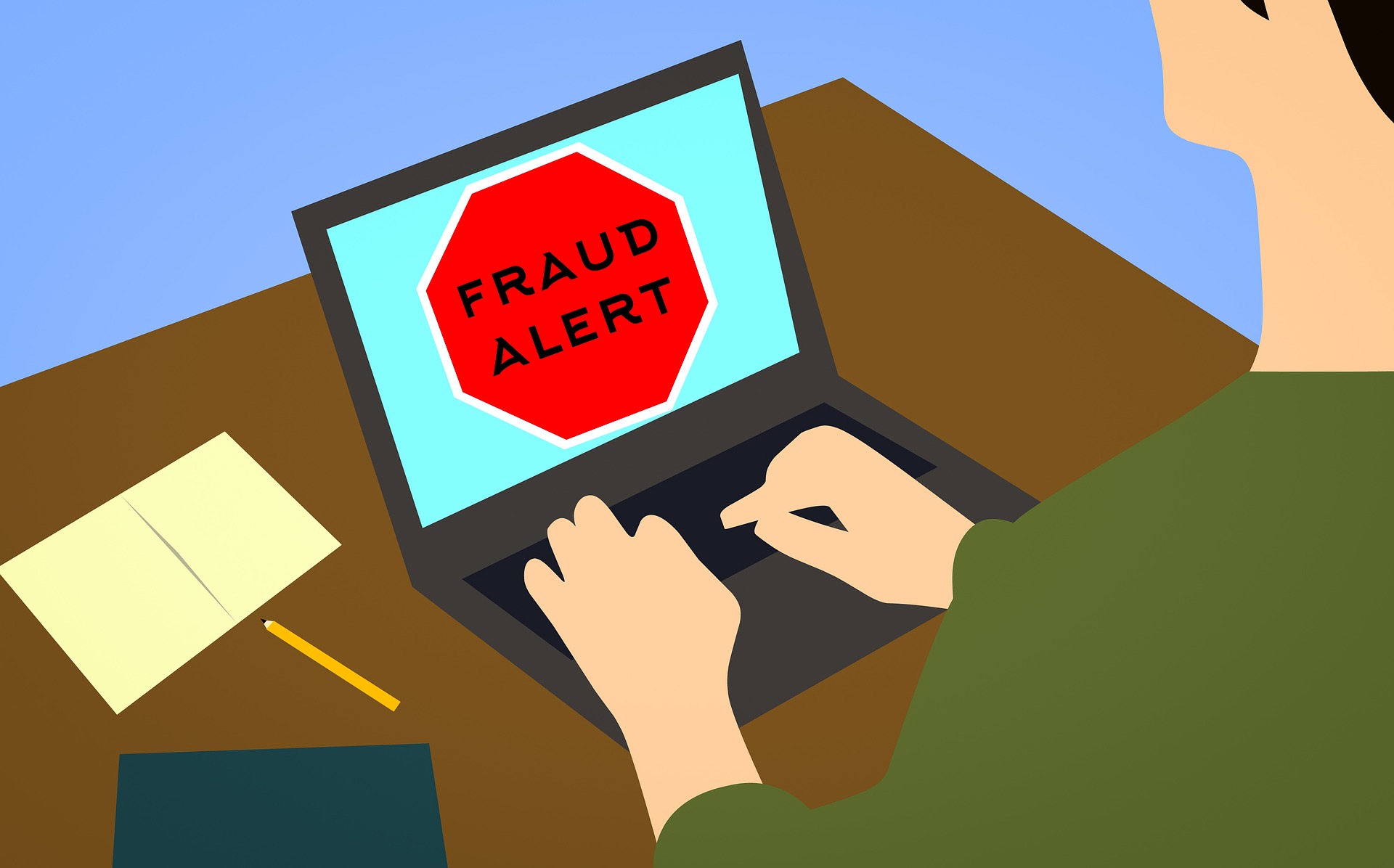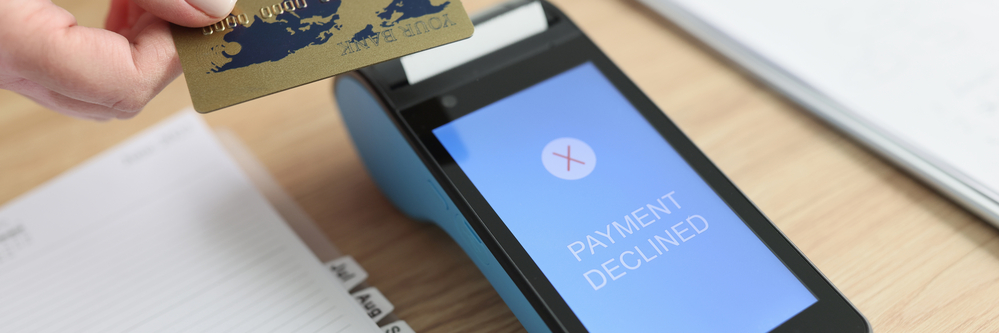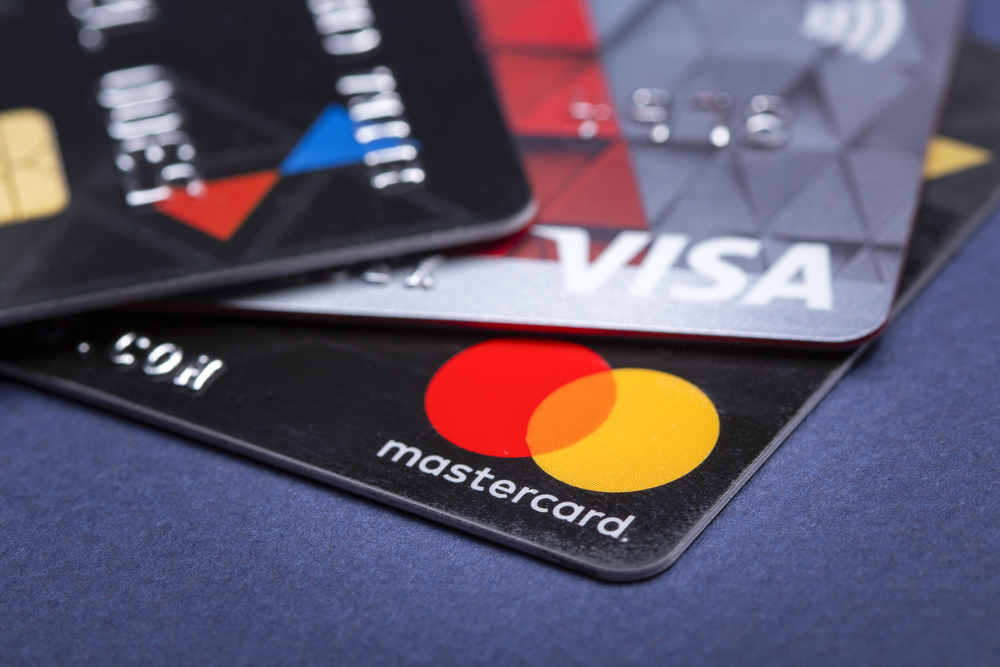
Monetize Your Traffic! Understand Transaction Decline Codes & Raise Revenue By 10% (Part 2)
Sep 26, 2018 8-MINUTE READ
Welcome back to part two of our transaction decline codes blog post! Readers have given us great feedback about part one of this blog series. We are thrilled this post is quickly answering your questions and helping you recover from unnecessary merchant fees.
Our previous blog post discussed common decline codes merchants receive. We also explained some of the vague messages typically received from banks and gateways when transactions are declined. This includes Invalid Address, Do Not Honor and Pick Up Card, to name a few specific examples. You can read part one of our blog here.
In today’s blog post, we will cover a few unconventional transaction decline codes sent to merchants. Additionally, we’ll provide remedies and creative strategies you can use to solve some of your declined transaction challenges.
Other unrecognizable transaction decline codes
Duplicate Transaction
This occurs when merchants charge a customer’s credit card two or more times for the same transaction amount within a brief period. It is frequently an accidental request, because the transaction and attempt details are identical when submitted to the same credit card within mere minutes of one another. In this case, a merchant can easily cancel or reverse the order. Alternatively, a merchant can control the time in between the first and second attempt within the gateway. For example, most gateways allow you to automatically decline duplicate transactions that occur within 5 minutes of each other. If this is caused by buyers submitting orders multiple times, add a progress bar to show a status on the sale. Alternatively, you can grey out the buy button once the sale starts processing.
Transaction was rejected by gateway
This decline code is informing the merchant that a transaction has not delivered the appropriate information to get past the gateway due to specific rules or settings. For example, your gateway could be rejecting a sale because you made address validation service (AVS) mandatory and this purchase information was not entered. Another example is if an order came from a non-domestic buyer with a credit card issued by a bank in a foreign country. You may have to set anti-fraud rules in your system to reject orders from that specific country.
Unsupported card type
Merchants see this decline code message when a customer is using a credit card type not supported or allowed by an acquiring bank. For example, a bank in Europe does not process Discover; therefore, a potential US customer attempting payment with one will be rejected automatically. Unless your checkout page clearly indicates a card type is restricteed, you could be seeing this decline code.
Additionally, you might be a US merchant with European orders and discover some of your declined transactions were a result of customers using Visa Electron (an international sister card of Visa Debit). Always review which credit card networks are offered by your merchant account provider. If a customer attempts an order with an unaccepted card, it is important to advise about alternative payments. You could convert more sales by clearly explaining to a customer why a transaction was declined.
Expired Card / Invalid Expiration Date
When a prospective customer enters the wrong expiration date for their credit card in their order, this transaction decline code appears. You can prevent this by simply ensuring your calendar is updated on your checkout page. If a buyer enters an old date, do not allow him/her to proceed until it is corrected. Assuming the expiry date entered is invalid, you might tell your customer support staff (if you have any) to contact your buyers about their purchase over the telephone. It’s also just good support etiquette to contact a client to ensure they follow through with their order.
Send an email to your subscribers before their cards expire. Encourage them to update their details. Some acquirers offer Visa Account Updater (VAU). This service updates expiry and card details automatically to ensure customer subscriptions never decline due to changes. It’s an option exclusively for merchants in certain MCCs (merchant category codes).
Adding rebill attempts is one way to recover from too many transaction decline codes
As a subscription merchant you may be frustrated with the loss of key customers due to declined subscription transactions. There are several comprehensive strategies to recapture some of these lost sales. For example, let‘s say an order for USD $75 was declined because of insufficient funds. Some merchants might try rebilling a customer again by pre-setting a specific charge for a future date and time.
It is important you advise your customers about this in your terms and conditions, as well as the frequency you will attempt to recover the fees for their subscription. Keep in mind, these parameters need to be within reason (say within 30 days for a monthly subscription). Your customer should retain access to your product or receive their monthly product until you stop your attempts at recovery.
Another scenario would be if you attempt to rebill the customer a second time three hours later rather than within minutes of a failed order. It could be that the customer has had too many charges on their card within a short time and the bank declined further sales activity.

Not all banks allow recurring orders
It’s important to know whether or not your acquiring bank permits recurring billing transactions. If they do, then your principal gateway or customer management software likely allows you to schedule retries of declined subscriptions. Only attempt to charge a declined customer that can be recovered sufficiently.
For example, if one of your transaction decline codes is the result of a stolen card, attempting a second charge will show the bank you are reckless. It will also hurt your transaction approval ratio over time. To maximize success of this strategy, try charging a declined order (like insufficient funds) that is likely to change after a few days. You might recover your subscription fee if a customer has paid their credit card bill by then. What’s more, declined sales cost you a fee. Therefore, isn’t it better to reduce your rejected sales volume to process more valid orders and be charged less per transaction?
Effective email marketing is underestimated
Recovering from declined orders is possible. Using fraud analytics software, ACH/echeck processing, and reviewing historical data to set new approval benchmarks are effective. Dunning is also a powerful strategy for recovering declined transactions, especially for continuity merchants. A vendor can use dunning to prevent and mitigate credit card declines.
To put it plainly, dunning is effective email marketing. Merchants use email communication to pre-warn customers about an upcoming charge, a failed payment or a credit card charge retry. It can reduce your rate of failed orders, particularly in the case of expired and unsupported card type declines. Your email message should not just say, “Hey, we’re about to charge you!” Use a gentle approach to closing a sale instead.
Perfectly timed emails grow profit and reduce errors
Customers often forget they opted in to a continuity offer. Therefore, rather than automatically charging for a forgotten product or service, warn them first. It helps to remind them of the great value they will receive once their card is used. Dunning emails influence customers to explore your site, browse new products and even update their credit card information. This also helps lower refunds, chargebacks and associated fees that eat away at your hard-earned revenue. You may get a few cancellations, but this strategy ensures a higher profit due to preventing losses from refunds and chargebacks.
It’s also about timing. An email alerting a customer that their order failed because of an expired card is best sent during the morning or afternoon, not simply when it happens. Timing is everything! Merchants should ensure these messages are delivered at optimal moments.
Your next steps now depend on you
We hope this blog series answered more questions about how to handle transaction decline codes in your business. These aspects of payment processing can be challenging. DirectPayNet prides itself on being well versed in transaction decline codes plus other factors affecting e-commerce growth and profit. If you want our talented team to properly review your declines and support your business to reduce failed transactions rates and merchant fees, call or email us today!




